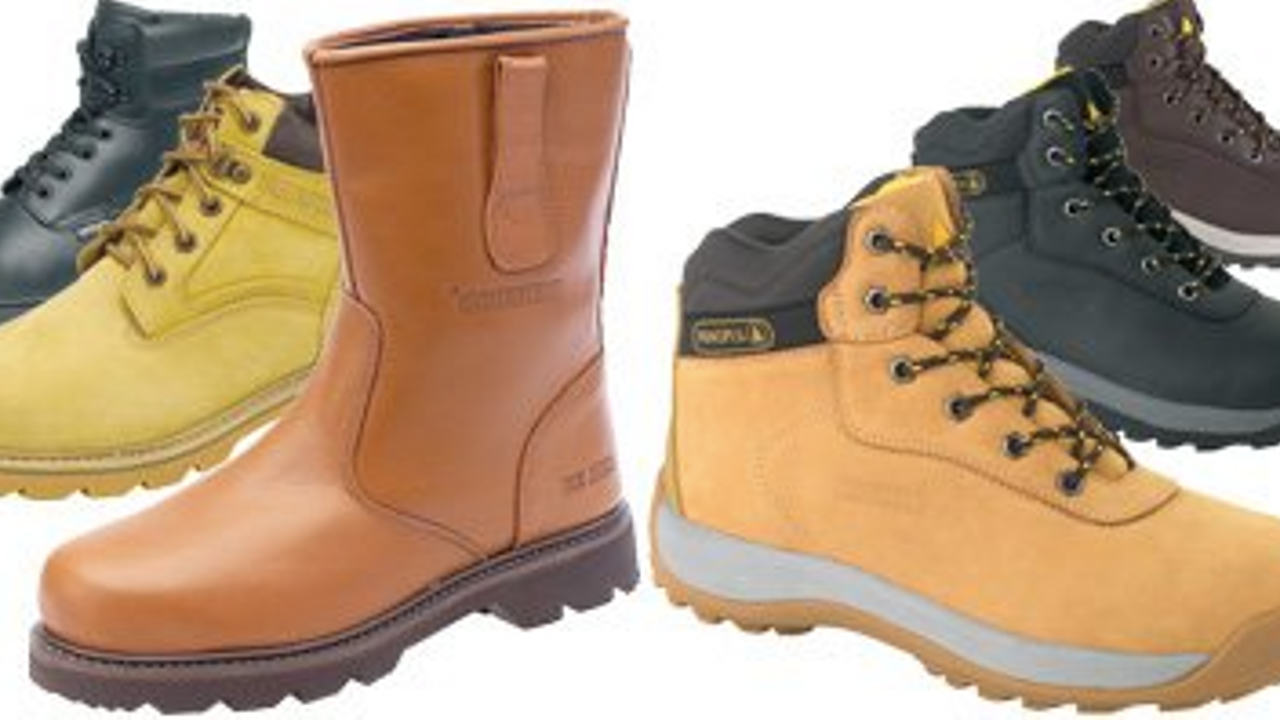Work Boots and Wellies

Work Boots and Wellies
Tommy Conway - Chartered Physiotherapist and Director - OneHEALTH
On your feet all day, working on site? Working on the farm? You wear wellies or work boots? Your lower back, hips, knee and feet feel knackered? Get home,Take off the boots, you just want to relax in the chair for the evening! On your feet all day, all you need is a rest, but you can’t rest because of the pain and stiffness. On the telly they keep telling you “you need more exercise” to solve your problem but this is where they are wrong.
Did you ever take out the insole of your work boots? Wellies? You will find no insole, or a small useless cardboard piece, the same thickness as an envelope. With no support your foot is making contact with hard plastic and then the hard ground. There is no cushion whatsoever in your work footwear. There is no shock absorber for your feet, knee, hips and lower back. If you are on site, on the farm you need support to help save your body from the impact of 8 -10 hours of walking and labouring. Even if you are not doing any manual labour, the change going from supported footwear to no support in your work boots is not good for your body. Think of it like cycling a bike on a smooth tared surface and then encountering a road of potholes that you can't avoid falling into. This is what is happening to your body on a daily basis, the shocks your work boots are giving your body are not good and you need to fix it.
What happens when you have no support?
Your feet need support and guidance. Your feet are the source of movement both good and bad. They need to move freely so your body can move freely. They are the contact source with the ground and if they don’t move correctly it will mess up everything above. Look at the picture attached it shows you what should happen when you walk:
- Heel strike: When you take a step you should hit the ground with the outside of your heel.
- Loading response: You start weight bearing on the inside of your heel.
- Mid stance: You put pressure through the arch of your foot.
- Terminal stance: You put pressure through your big toe.
There is a motion that brings your weight from the outside of your foot to the inside of your foot. This requires softness and flexibility in your footwear. Unfortunately the thick plastic sole doesn't allow for that, it stops your foot moving as it should. This loss of movement will cause a lot of problems in your feet, knees, hips and lower back.
How to correct it?
Ask yourself these questions; Do you wear work boots for more than 6 hours a day? Do you have a painful issue or mobility problem? If you answer yes to these two questions you need to think about correcting your foot. I guarantee you that your foot has changed through the years of weight-bearing in the wrong footwear. You need a helping hand to correct your issue, I would use my 3D custom built orthotics to help put your foot in a better position. One of my clients recently brought in two pairs of wellingtons and six pairs of work boots to stop his lower back pain when standing. He pours concrete for a living and would be on his feet, standing for 8-10 hours a day. He explained that he has tried every type of work boot and wasted money on new one’s every year. He had never thought about the thin useless insoles the boots came with. He now has one pair of 3D custom insoles and that’s all he needs, as he can wear them in any shoe, boot, or wellington You can also get a pair of gel insoles, twenty euro’s worth. These simple gel insoles might help someone who is starting out their career in work boots and wellingtons, but they cannot undo 10 -20 years of shock to the body, you need a custom built pair for that. In summary, look after your feet as they look after you.
I hope this helps. If you have any questions or need advice you can contact me on 0852561448.
Tommy


